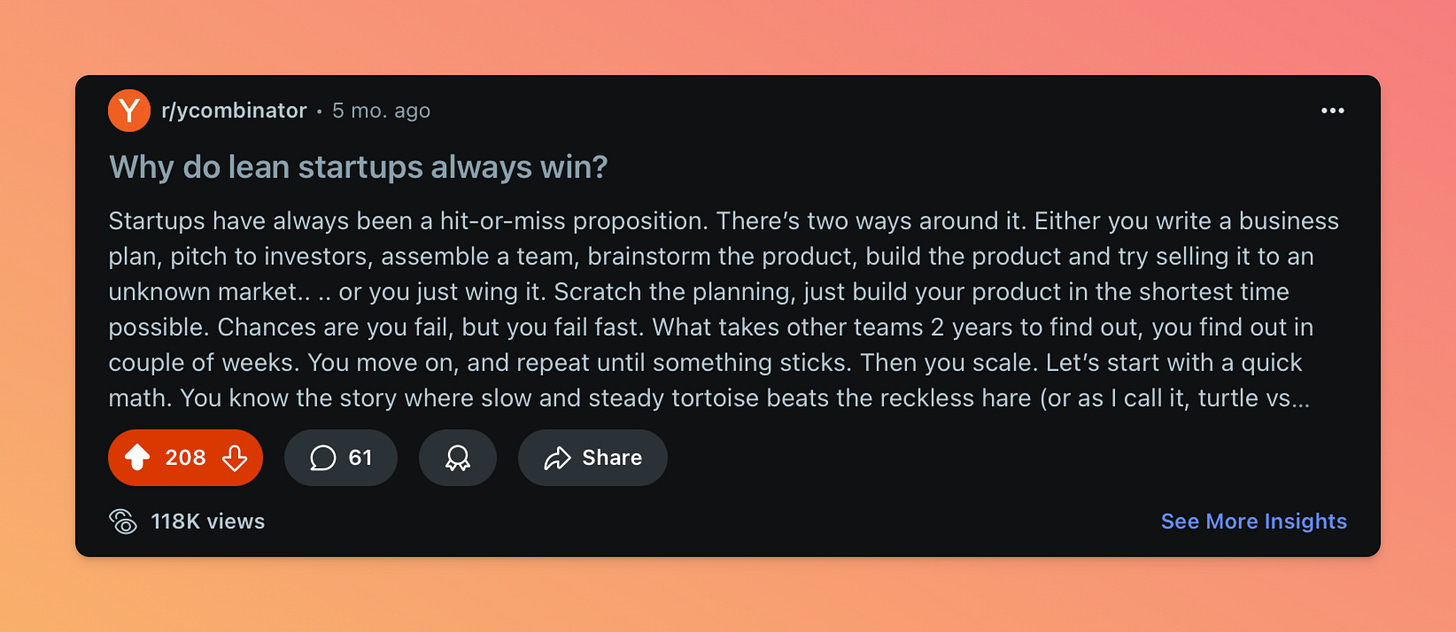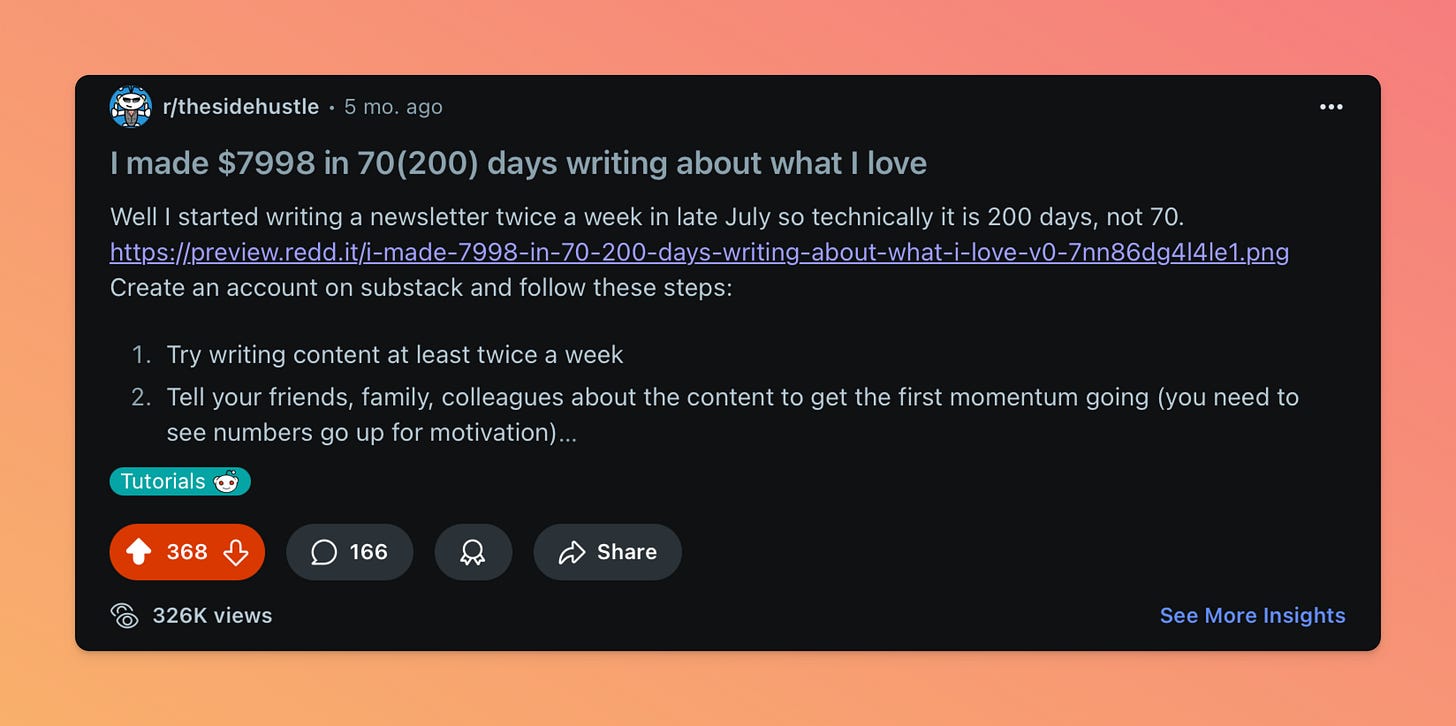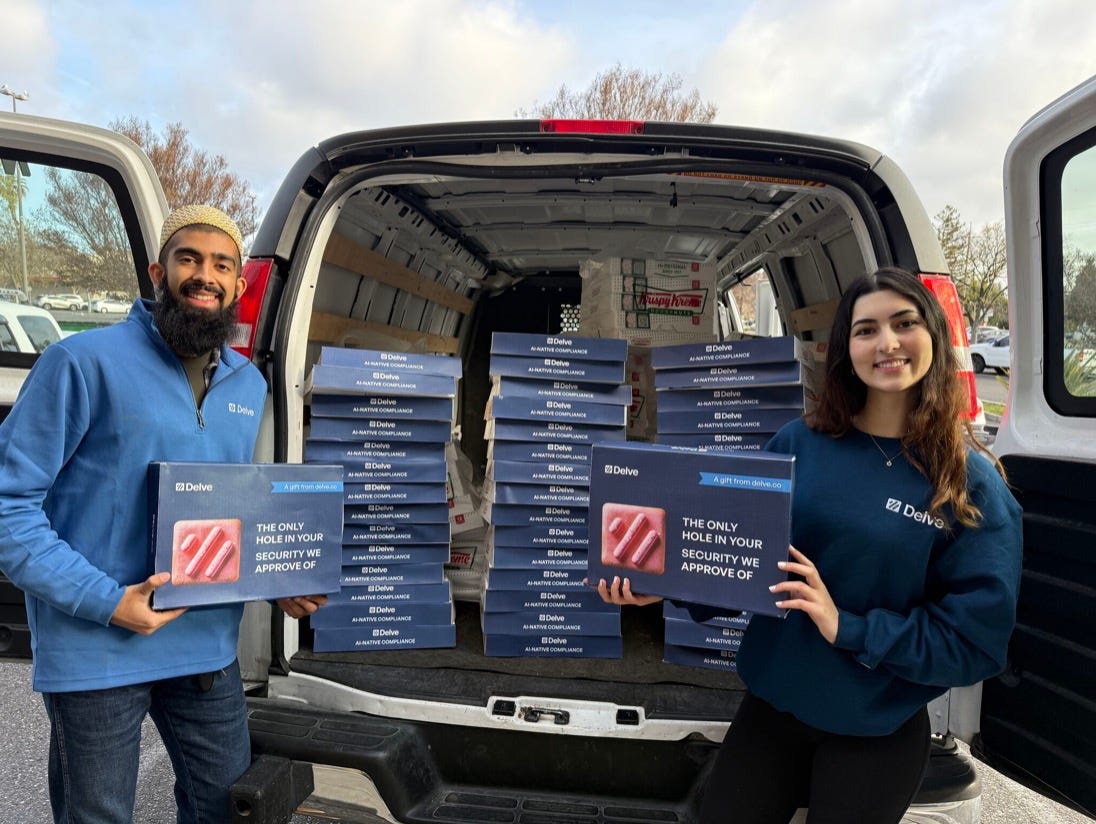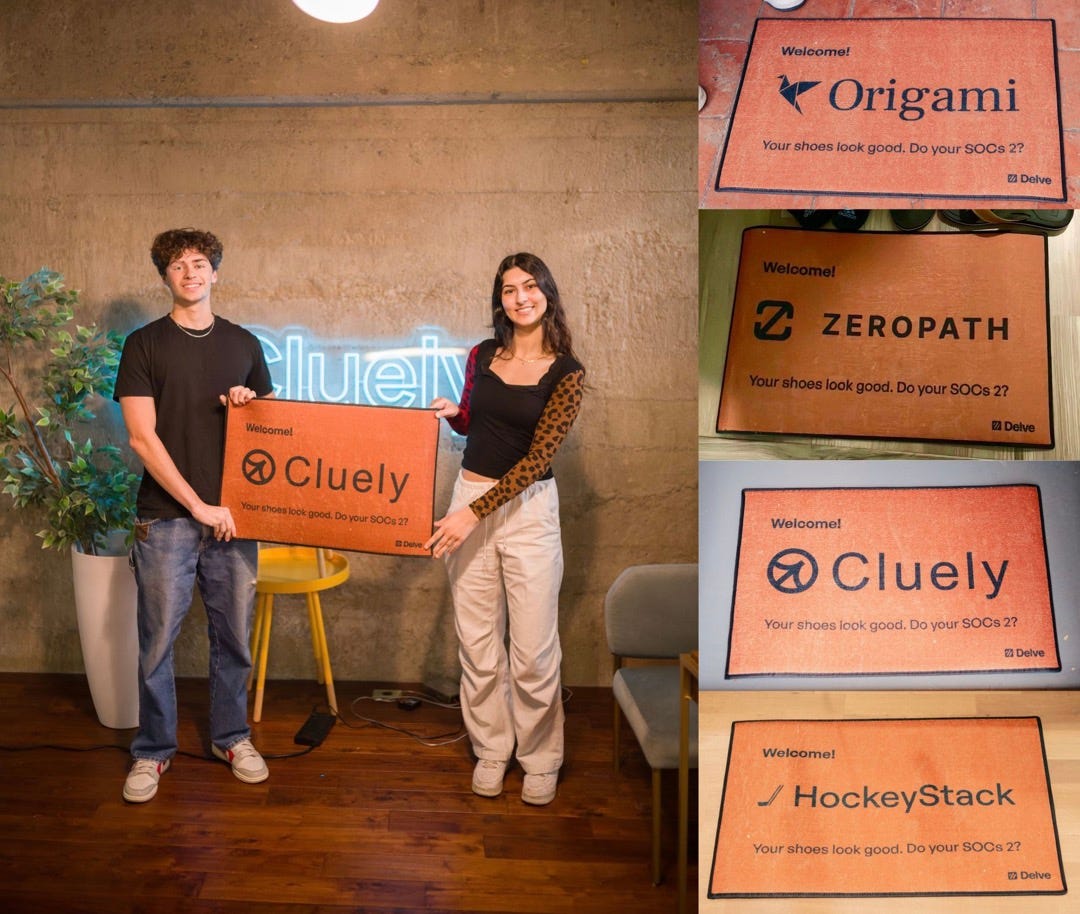🪴 Ways startups get first 100 customers
and how to get them to stay..
Getting to your first 100 early users shows your idea has legs. These customers give feedback, spread the word, and help you fix what’s broken before you start scaling.
For B2C, it’s about making something that feels exciting or useful. For B2B, it’s about solving a problem so painful they’ll pay to fix it. Either way, you’re selling a story that makes them want in.
But what are some of the common (and proven) ways that you can get to the first 100?
Hey there. If you’re enjoying this newsletter, why not share it with a friend? You might have an extra topic to talk about!
Strategy 1: Social media and communities
Posting on Twitter, Product Hunt, Reddit, or other niche forums can get you users, but it’s more difficult that it shows. You need to engage, answer questions, and build a community that feels invested. This is in my opinion the most difficult, yet rewarding way. I’ve tried it a couple of times and sometimes it works, sometimes it doesn’t. It also acts as a rejection therapy, because you get so much hate.
This r/yc one got me ~30 sign-ups to newsletter,
while this r/thesidehustle one boomed more and led to ~150 new sign-ups.
Not going to lie here, these were one of the first reddit threads I put some effort into and both skyrocketed. I thought that must be free, but never got such engagement after (not that I tried very often, you can check what I’m up to u/Founders-Fuel).
The r/thesidehustle post went super viral because I spent an entire day responding to questions under the thread, boosting engagement and telling trolls why they are wrong.
Not bad at all, is it?
Strategy 2: Press and stunts (but make it unforgettable)
Press can give you a quick user spike, but it’s tough to sustain. You need a story Twitter/LinkedIn users can’t resist, and it has to evolve in time. I know I talked about Delve a lot recently, but there’s not a single person that does viral stunts better than Selin and her team. Delve is a compliance solution startup, which is hard to naturally start a conversation about as you can imagine.
1) They bought 10,000 donuts, packed them in custom boxes with a cheeky slogan, and drove around San Francisco handing them out to prospects, accelerators, hackathons and VCs.
2) Doormats: A more recent stunt from last month was Delve sending 100+ custom doormats across SF to newly funded startups. They generated $500k in pipeline in a single day with just a $6.3k in spend & posting across Linkedin & X about it.
Strategy 3: Ads
Buying ads on Meta or Google is the least sexy way to get users. It’s costly, and only a few startups scale this way (for obvious reasons). But for early testing, it can work if you target tightly and track obsessively. Plus it’s a very tough skill, if you haven’t tried it before.
Alex Hormozi says he’s yet to see someone who followed his advice and didn’t get a customer. He calls it a 100 rule. 100 outreach attempts a day, or 100 dollars spent on ads a day, or work 100 minutes on content a day that you post on socials. Do that for 100 days and he guarantees you will find at least one customer.
If you want to receive an extra deep dive a week, be in the first ones to get access to a Slack community and more, upgrade to a premium subscription.
Strategy 4: Hit up your network
The quickest way to get users? Reach out to people you know. Friends, old coworkers, that random contact from a hackathon. Ask for favours, send messages, don’t hold back.
If it’s a paid product, charge them. Free users give vague feedback; paying users tell it like it is.
Ivan Zhao and his team showed up at tech meet-ups and startup events in San Francisco, targeting early-stage founders who needed a better way to organise. They pulled up Notion on a laptop, walked people through the software, and offered free trials to anyone who seemed at all curious. Those early users became obsessed and spread it to their teams.
Note: Don’t message everyone you know. Pick people who need your product. Follow up politely, maybe twice. And remember, if you don’t ask, you don’t get.
Strategy 5: Cold outreach
Cold emails or DMs can work, but only if they don’t feel like a sales pitch. Research your target users, find their pain points, and make your message personal (I always open up with “hey {first name}” and try to keep it very basic even if talking to directors. This is my favourite guide on how to craft a perfect cold email.
Expect low conversion rates (2-3%), so you’ll need to send A LOT. People will help if you make it easy.
This strategy was what got Hubspot growing in their early days. Each of their cold emails was tailored, showing they’d done their homework. Those early users became case studies that fuelled growth. In B2B, show you understand their business better than they do.
How I can help
👨💻 Software
Need a top tech talent for your next product? Are you looking for your next gig? I’ve got you sorted.
📢 Advertising
Advertise in my newsletter to get in front of 10,000+ founders.
🤿 Get more deep dives
Upgrade to a premium subscription to get an extra deep dive a week.





